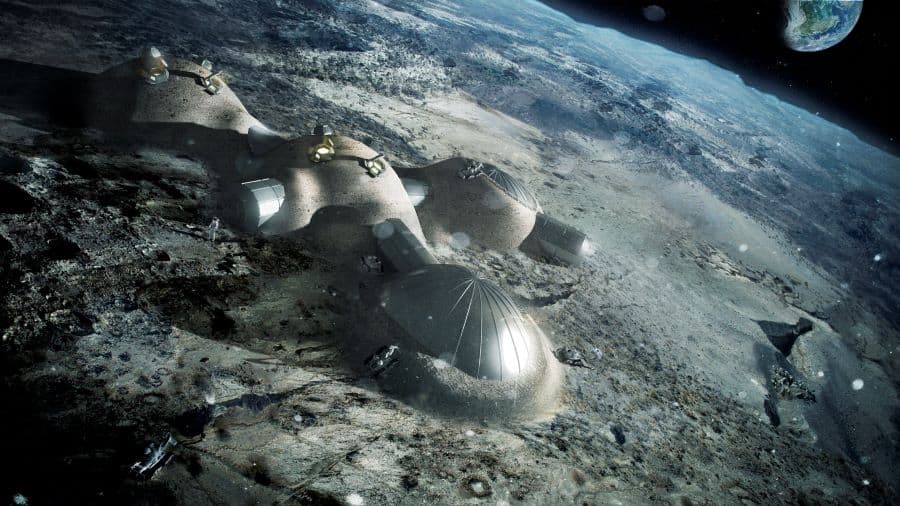
What is MDRS?
The Mars Desert Research Station (MDRS) is a Mars Simulation set to replicate a Martian base, demonstrating many of the constraints that would come from living and working on Mars. Based in the Utah desert, the outside environment and corresponding Extravehicular activities (EVAs) replicate the terrain and isolation of working on Mars. The complex includes a living quarters (HAB) containing an EVA prep area with spacesuits and double airlocks, a GreenHab which uses both conventional and aquaponics growing systems and two observatories: The Musk Observatory, which is a solar observatory, and The Robotic Observatory.
The Mars Society is an international non-profit organisation that is dedicated to promoting the benefits of Mars exploration and travel. The MDRS achieves this by promoting experiments and field studies. During the last decade, 1,000 crewmembers have been hosted at this simulation laboratory in two-week rotations.
Who am I?
I, Zoe Townsend, am the Crew Journalist for LATAM III, the 212th crew of the MDRS. I studied at The University of the West of England where I finished my Masters in Aerospace Engineering Design in 2017.
I currently work at CERN within the Magnets, Superconductors and Cryostats group, where I am designing the dipole/cryostat integration for the Future Circular Collider (FCC). FCC is a potential 100km collider that has the aim of reaching collision energies of 100TeV.
For the last few years, I have been involved with the Space Generation Advisory Council, a non- governmental organisation that works to voice the opinions of students and young space professionals. I have volunteered with writing the reports of the annual European Space Generation Workshop, which were then sent onto the United Nations.
https://www.theengineer.co.uk/mars-mdrs-cern-engineer/
What am I doing at MDRS?
The next step in Space Exploration is the settlement on new bodies. For the future of the settlements, dependence on Earth should be kept minimal, instead relying on the compounds found naturally. In many cases, this means digging or mining local material.
During my time at MDRS I will be testing out a rover and modular drilling platform. The rover is a collaboration with UWE Space who will be further developing the rover for the annual rover competition (UKURC).
The need for the rover and the ability to mine on extra-terrestrial bodies comes from the changing future of Space Exploration. In 2025, the federal support of the International Space Station will end; as such, the next chapter in space exploration begins. There is a lot of debate currently ongoing between governments and private organisations to set up a base on either the Moon or Mars. Base designs have been created; the most recognisable is the design from Foster + Partners, as part of an ESA consortium designed their concept of a future Moon base. Their design requires the use of swarm robots to set up the base over a few years, using the regolith already on the Moon to 3D print a habitat. Their plan is for the base to be set up before the introduction of humans to the surface; this would require any materials from the body to be mined on site by rovers.

Another aspect that requires mining of resources is the potential harvesting of ice trapped on Mars. This ice, trapped under the surface of the planet, can provide water - after a purification process - and fuel for the rovers. By separating the hydrogen and the oxygen, fuels cells can be produced, creating a fuel source independent of Earth.
The small rover I am taking is an exploration rover, which is built by 3D printers. This displays a limited reliance on Earth, where designs can be created and tested on Earth and printed easily on base. Our rover will have a black box, camera and sample collection.
In honour of our ten-day countdown to LATAM III we think it's about time that we give the rover a name. Please send all suggestions to crew@latam3.space and the best will be voted on.
Follow Latam III on their website and Instagram:
https://www.instagram.com/marssocietyperu/
Follow Zoe on her Instagram:




April 1886: the Brunkebergs tunnel
First ever example of a ground source heat pump?